Biblical significance of fadeth | Verb | Greek: μαραίνομαι, Hebrew: נָבֵל
Definition “Fadeth” denotes the process of withering or losing vitality, commonly used in the context of plants or flowers. The sense of impermanence and transience is central to its use in biblical texts. Various Translations In the King James Version (KJV), “fadeth” is frequently employed, capturing the transient nature of life and earthly things. Other […]
Biblical meaning of fade | נבל (Hebrew) & μαραίνω (Greek) | Verb
Definition The term “fade” in biblical context often conveys the idea of withering or losing vitality. It reflects a transition from a state of vigor to one of weakness or disappearance. This concept is echoed in both the Old and New Testaments, where it is used metaphorically to describe the transient nature of life, beauty, […]
Biblical significance of face | פָּנִים (Hebrew), πρόσωπον (Greek)
Definition The word “face” in the Bible signifies presence, identity, and relational dynamics. It often represents the countenance or appearance of a person and can imply favor, anger, or intimacy. Various Translations In the King James Version, “face” is often used where other translations might choose words like “presence” or “countenance.” For instance, in Exodus […]
Quiver | אשפה (Hebrew: ‘ashpah) | Noun
Definition The English word “quiver,” in its biblical context, typically refers to a container for holding arrows. This imagery is often employed to symbolize readiness, preparedness, or the provision of tools for a specific purpose. Various Translations The King James Version (KJV) often uses the word “quiver,” whereas other translations might opt for terms like […]
Quarter in the Bible | τεταρτος (Tetartos) | Adjective
Definition The English term “quarter,” as an adjective, often translates the Greek word “τεταρτος” (tetartos), meaning “fourth” or “one of four parts.” This translation captures the fractional aspect of the word, emphasizing division or a segment within a larger whole. Various Translations In the King James Version (KJV) of the Bible, “quarter” is typically used […]
Niphon II of Constantinople, Saint | Ecumenical Patriarch
Saint Niphon II, esteemed as Patriarch of Constantinople from 1486 to 1488 and again from 1497 to 1498, remains a significant figure in the history of the Eastern Orthodox Church. Born in the mid-15th century and departing this life in 1508, his tenure as patriarch was marked by profound spiritual leadership during a period of […]
451 AD 4th Ecumenical Council of Chalcedon
In the annals of Christian history, few events hold the same weight and consequence as the 4th Ecumenical Council of Chalcedon, convened in 451 AD. Held amidst theological turmoil surrounding the nature of Jesus Christ, the council’s pronouncements would reverberate throughout the centuries, shaping Christian belief and practice for generations to come. Christological Contention The […]
Church of Greece, Eastern Orthodox
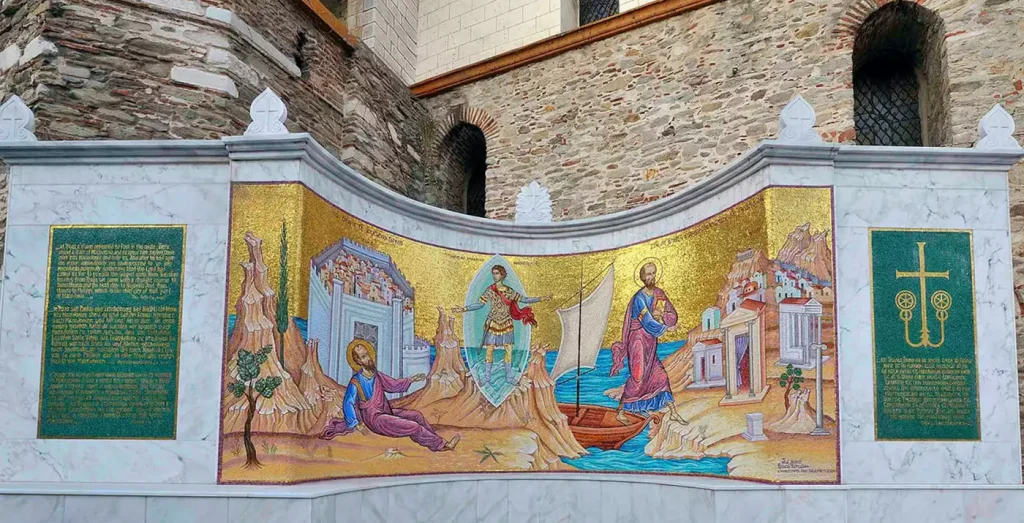
The Eastern Orthodox Church of Greece, established as an autonomous ecclesiastical entity in 1850, traces its roots back to the early Christian communities. As an integral part of the Ecumenical Patriarchate for centuries, its journey reflects a rich tapestry of theological, cultural, and political shifts. This church, embodying a profound historical and spiritual legacy, serves […]
Patriarchate of Serbia, Eastern Orthodox
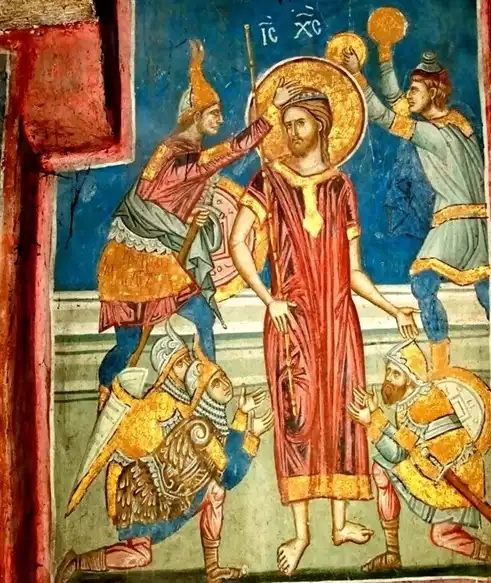
Navigating Faith and Modernity The Eastern Orthodox Patriarchate of Serbia, a pivotal ecclesiastical institution, stands as a testament to the enduring legacy of Eastern Orthodox Christianity in the Balkans. Originating in the medieval era, this religious body has played a significant role in shaping the spiritual, cultural, and social landscape of Serbia. The Patriarchate, with […]
Inter-Christian Dialogue
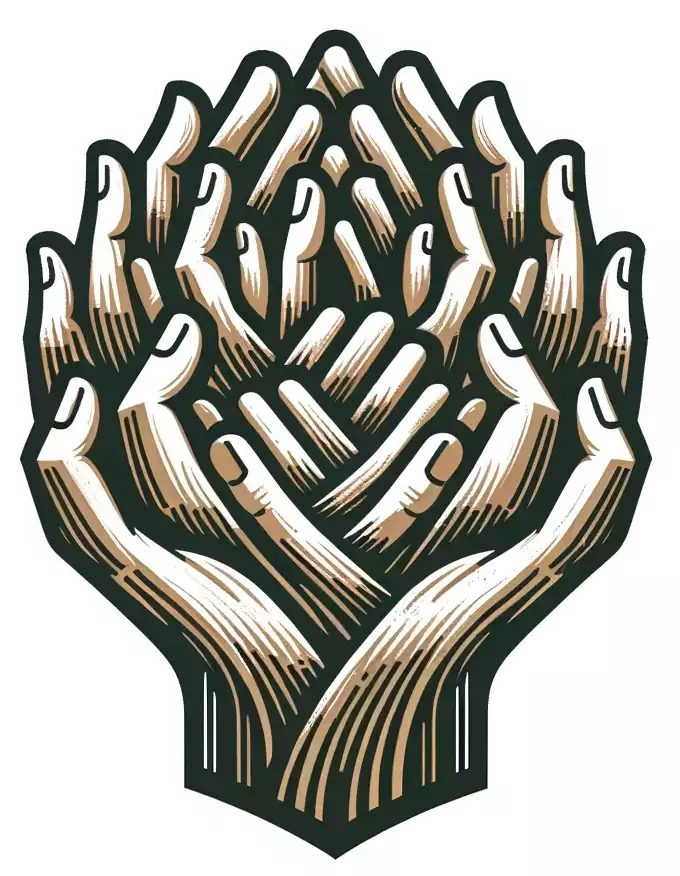
Inter-Christian dialogue, a pivotal aspect of ecumenical efforts, facilitates mutual understanding and cooperation among different Christian denominations. Rooted in the Christian tradition, this dialogue aims to bridge doctrinal differences, fostering unity without compromising individual beliefs. Historical Context Inter-Christian dialogue has evolved significantly over centuries. Initially, dialogues were informal, often occurring in response to theological disputes […]
Eastern Catholic Churches | Comprehensive Overview

The Eastern Catholic Churches, also known as the Eastern-Rite Catholic Churches or Oriental Catholic Churches, represent a unique and integral component of the Catholic Church. These 23 Eastern Christian autonomous (sui iuris) particular churches maintain full communion with the Pope in Rome, despite their distinct theological, liturgical, and historical characteristics that set them apart from […]
Nektarios of Aegina, Saint | An Insight into His Life and Legacy
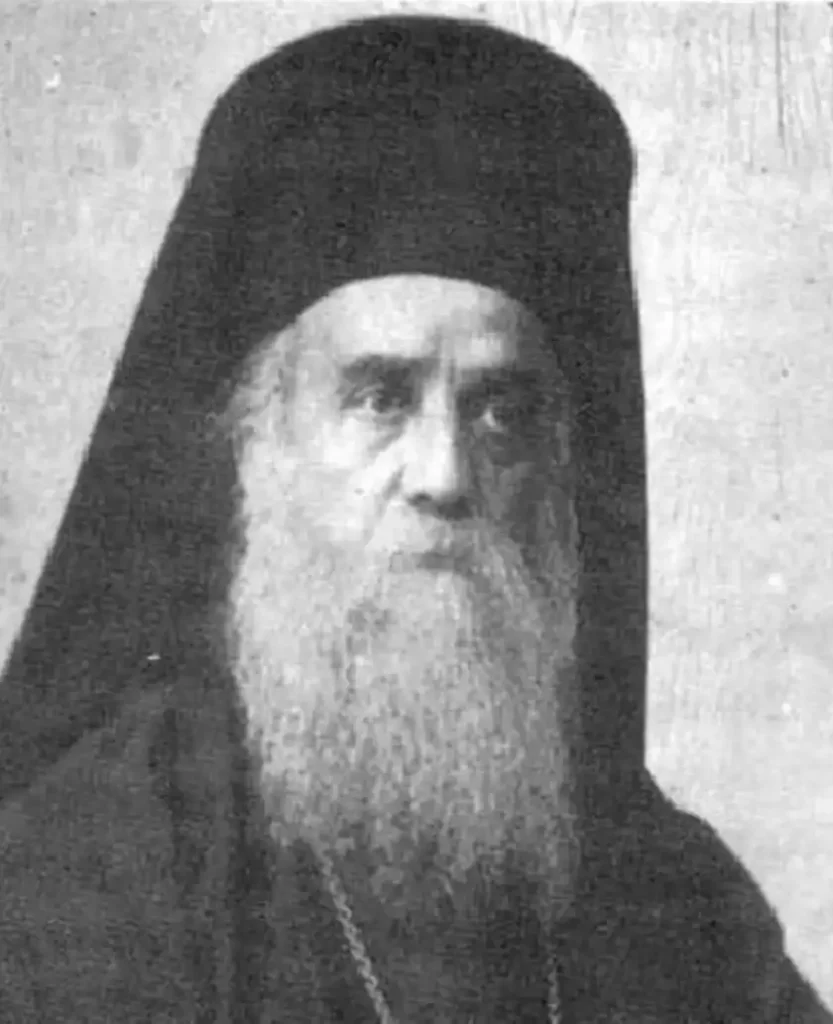
Saint Nektarios of Aegina, born on October 1, 1846, and departed on November 9, 1920, remains an emblematic figure in Orthodox Christianity. His life, marked by humility and devoutness, offers a profound understanding of spiritual resilience. Known for his theological works and miraculous healings, Saint Nektarios’s journey from a humble background to becoming one of […]
Evangelical Church | Comprehensive Overview
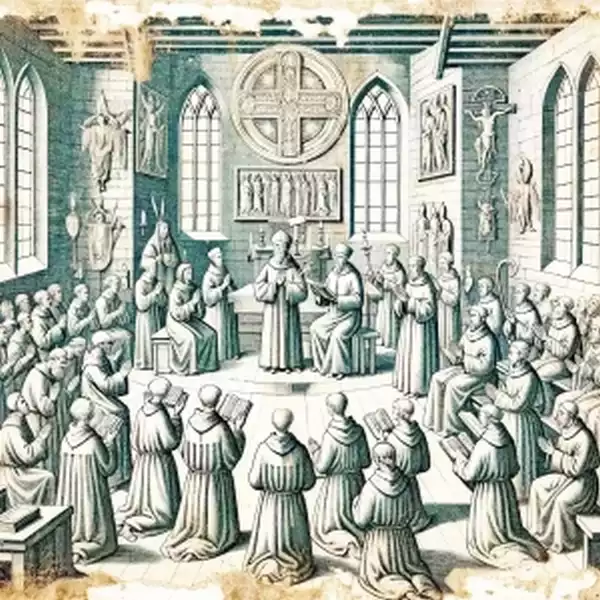
The Evangelical Church represents a significant and diverse Christian movement, characterized by its emphasis on the teachings of the Gospel, personal faith, and the authority of the Bible. This term, deeply rooted in Christian theology, originates from the Greek word ‘euangelion’, meaning ‘good news’ or ‘gospel’. The etymological essence of the Evangelical Church lies in […]
Lutheran Church | Comprehensive Historical and Theological Overview
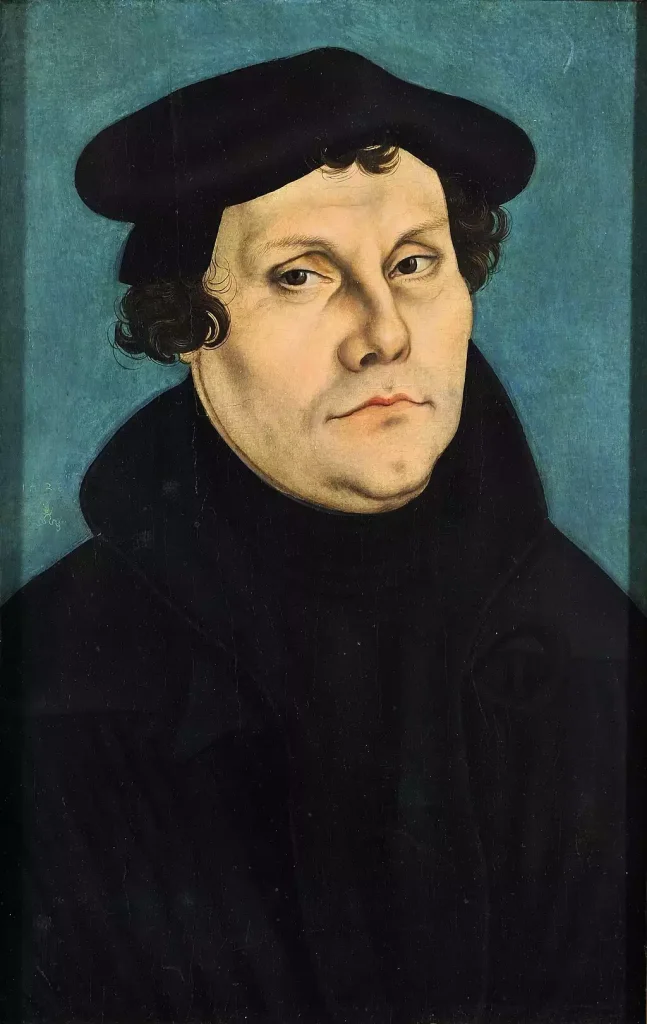
The Lutheran Church, born out of the Protestant Reformation in the 16th century, stands as a significant branch of Christianity. Initiated by Martin Luther (1483-1546), its teachings emphasize justification by faith alone and the authority of scripture. This church’s rich history and theological developments have profoundly influenced Christian thought and practice. Martin Luther, a German […]
Baptist Church | Overview and Historical Roots
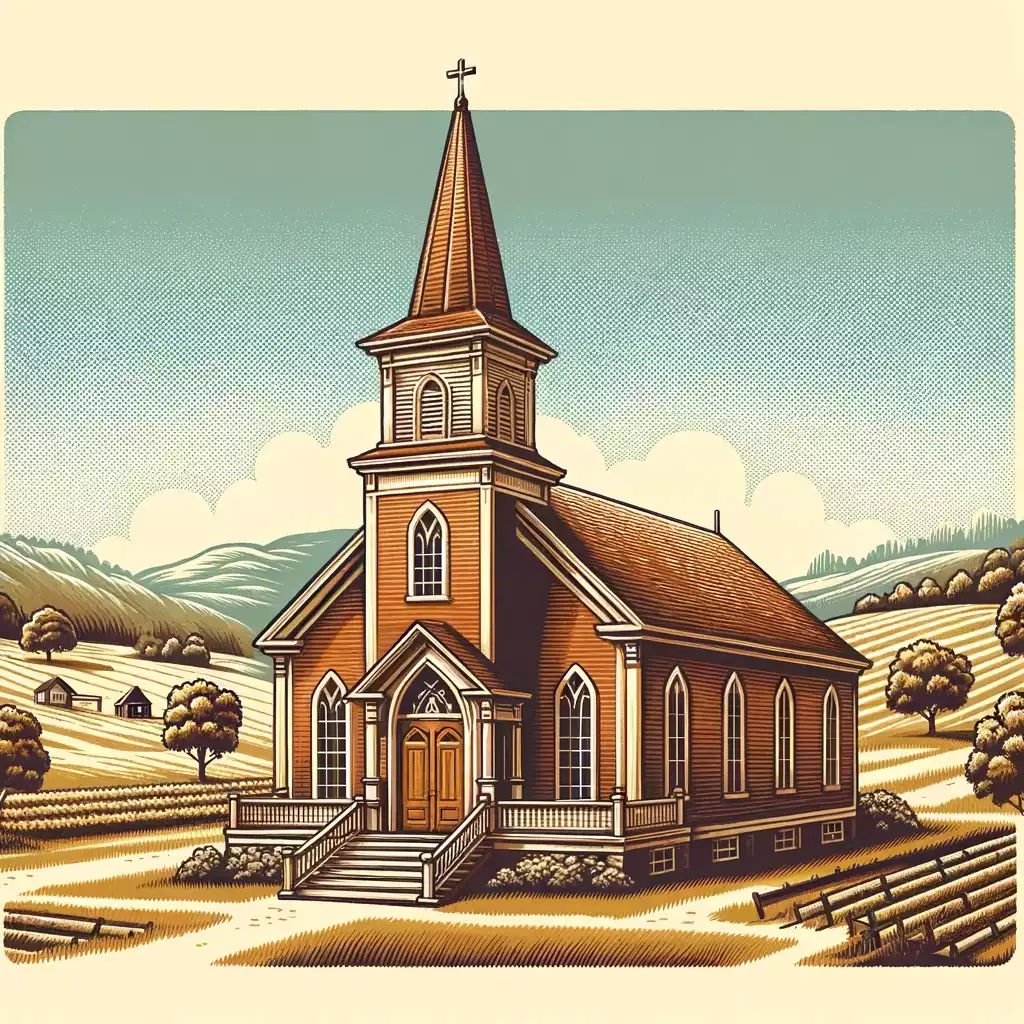
The Baptist Church, a distinct group within the Christian tradition, emerged in the early 17th century. Its origins are often traced to 1609 when John Smyth, an English Separatist, initiated the first Baptist congregation in Amsterdam. The denomination grew significantly in the 17th and 18th centuries, particularly in the United States. Baptists are known for […]
Library of St. Francis de Sales

Exploring the Profound Spirituality and Wisdom of Saint Francis de Sales The “Library of St. Francis de Sales” represents an invaluable treasure trove of theological and spiritual wisdom. Compiled and translated by renowned scholars like Henry Benedict Mackey, John Cuthbert Hedley, Francis Aidan Gasquet, and Jean-Pierre Camus, this collection brings together the essential writings of […]
Judas Iscariot | Betrayer in Biblical Narrative

Judas Iscariot, a figure shrouded in infamy and religious debate, was one of the twelve apostles of Jesus Christ. Historical records do not provide definitive dates for his birth or death. However, his life and actions, particularly his betrayal of Jesus for thirty pieces of silver, have been a topic of theological discussion and artistic […]
Philip, Saint Apostle | His Life and Works
Saint Philip, one of the Twelve Apostles of Jesus Christ, remains a significant figure in Christian history. Born in Bethsaida, the city of Andrew and Peter, Philip’s life and ministry have been an enduring subject of religious study and devotion. Though the exact dates of his birth and death are not definitively known, his contributions […]
Genesis, Book of | Its Origins and Themes
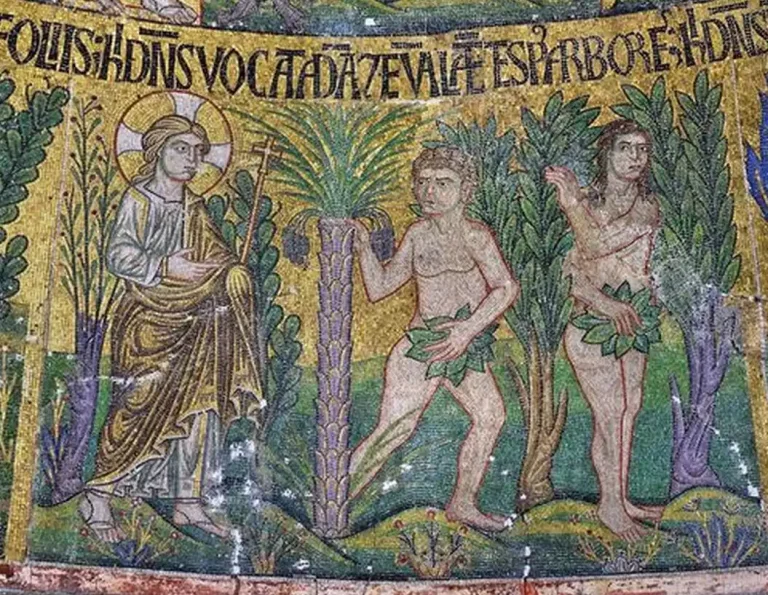
The Book of Genesis, the first book of the Hebrew Bible and the Christian Old Testament, stands as a monumental work in religious literature. Traditionally ascribed to Moses, its exact authorship remains a topic of scholarly debate. Genesis, dated from the 6th to the 5th century BCE, forms the foundation of both Jewish and Christian […]
Gospel of Mark | A Comprehensive Analysis

The Gospel of Mark, believed to be the earliest of the four canonical gospels, presents a vivid and concise account of Jesus Christ’s ministry. Though its exact date of composition remains debated among scholars, most estimates place it between AD 65 and 75. Unlike other gospels, Mark’s narrative is notably more action-oriented, emphasizing deeds over […]
Gospel of John | Its Themes and Authorship
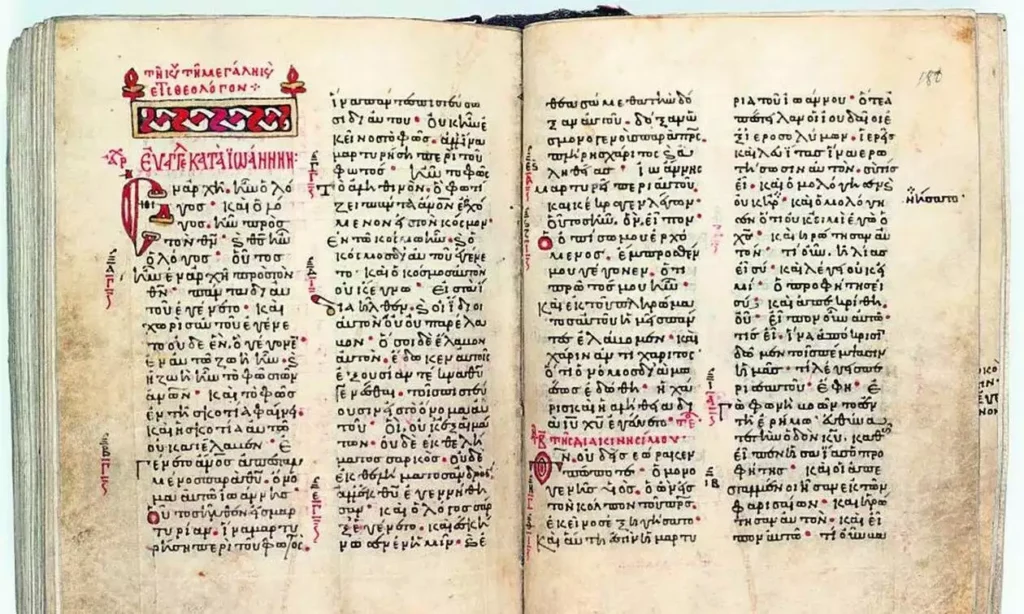
The Gospel of John, revered as a cornerstone of Christian theology, stands distinct among the four canonical Gospels in the New Testament. Its authorship, traditionally attributed to John the Apostle, remains a subject of scholarly debate. Unlike its synoptic counterparts – Matthew, Mark, and Luke – John’s Gospel delves deeply into theological concepts, emphasizing the […]
Old Testament | Core Concepts and Historical Analysis
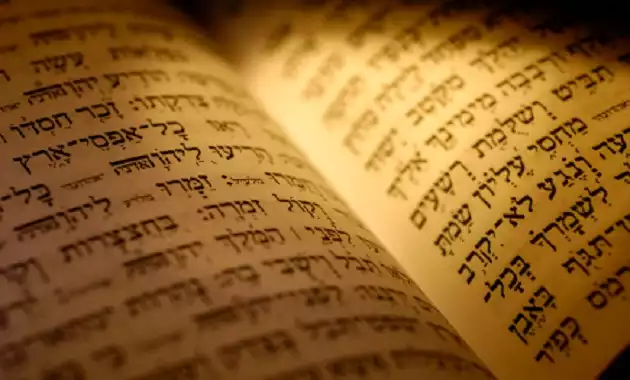
The Old Testament, a term predominantly used within Christianity, refers to the collection of texts traditionally regarded as sacred scripture by Jewish and Christian communities. Etymologically, the phrase “Old Testament” originates from the Latin “Vetus Testamentum,” which itself is a translation of the Greek “Παλαιὰ Διαθήκη” (Palaià Diathḗkē), meaning “old covenant.” This nomenclature signifies the […]
Noah | Builder of the Ark

Noah, a pivotal figure in Biblical history, is renowned for constructing the ark that ensured survival during the Great Flood. His life, deeply rooted in the Book of Genesis within the Hebrew Bible and the Christian Old Testament, symbolizes faith and obedience. The exact dates of his birth and death are not recorded, but his […]
Paul the Apostle

Paul the Apostle, originally known as Saul of Tarsus, was a pivotal figure in early Christianity, profoundly influencing its spread beyond the Jewish communities to a broader audience. Born around 5 AD and passing away approximately in 67 AD, Paul’s life and teachings significantly contributed to the development and dissemination of Christian doctrine, particularly among […]
Mary | Mother of Jesus
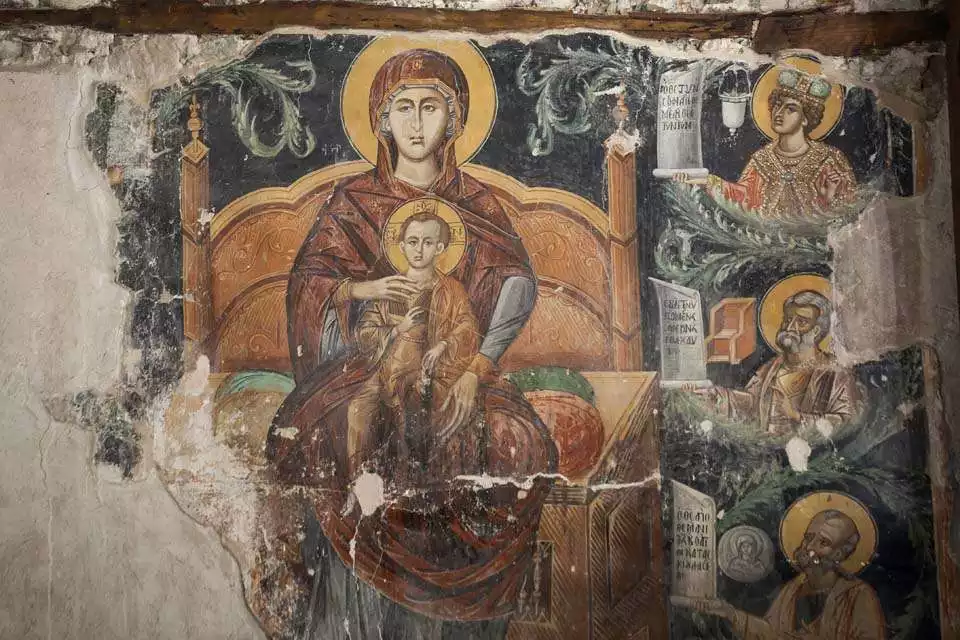
Mary, known also as Theotokos, Panagia, and Madonna, the Mother of Jesus, stands as a central figure in Christian theology, revered for her role in the birth and life of Jesus Christ. Her story, enveloped in devotion and respect, has resonated through centuries of Christian tradition. The exact dates of Mary’s birth and death remain […]
